Shipping quote request
We’ll calculate the shipping price as soon as getting your request.
Shipping quote request
We’ll calculate the shipping price as soon as getting your request.
You May Also Like
More from this Dealer
Salvador Dali - King Marc - Original Etching 1970
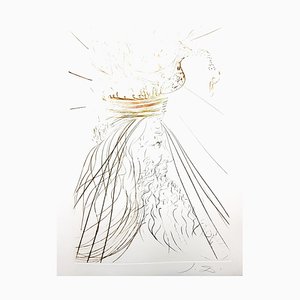
Zao Wou-ki - Original Lithograph - Abstract Composition 1962
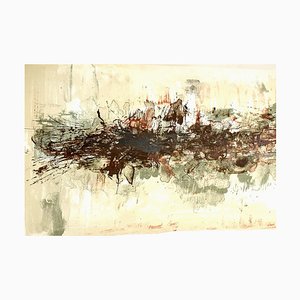
Raoul Dufy - Plates - Original Etching 1940

Le Goût de Bonheur: one plate (portrait) 1970
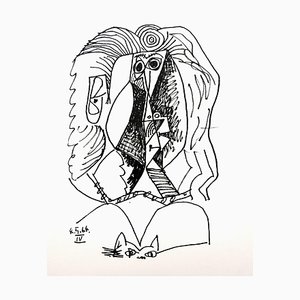
Salvador Dali - Marguerite - Original Etching - 1969

Max Ernst - Birds - Original Lithograph 1964
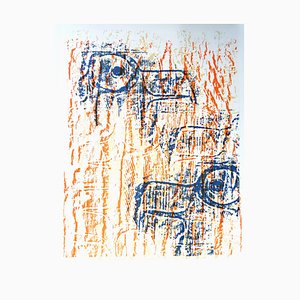
Robert Marc - Untitled - Signed Oil on Canvas 1950s
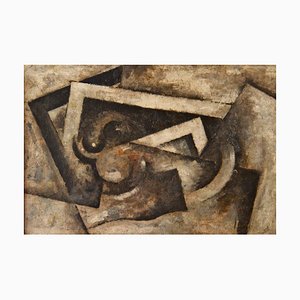
Salvador Dali - The Black Knight - Original Handsigned Etching 1975
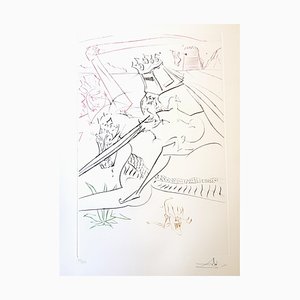
Constantin Terechkovitch - Portrait - Original Lithograph 1957
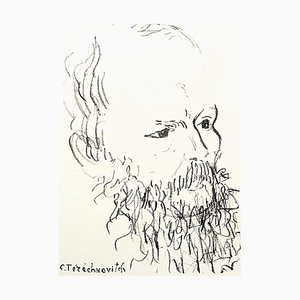
Jean Miotte - Abstract Composition - Original Signed Lithograph 1970s
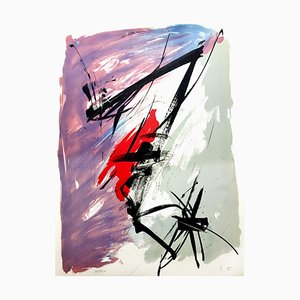
Joan Miro - Original Colorful Lithograph 1964
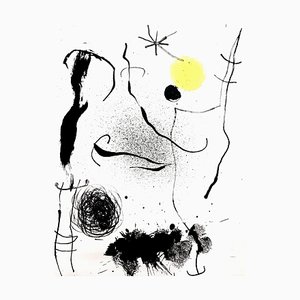
after Henri Matisse - Nude With Oranges - Lithograph
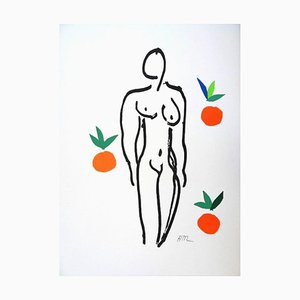
Salvador Dali, Knight & Death from Faust, 1969, Etching
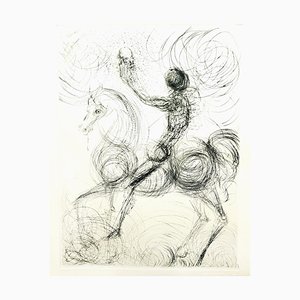
People Etching by Pierre Bonnard, 1940

Léon Zack - Lyrical Abstract Composition - Signed Oil on Canvas 1978
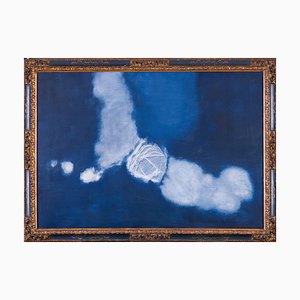
Salvador Dali - Sator from ''Faust'' 1969
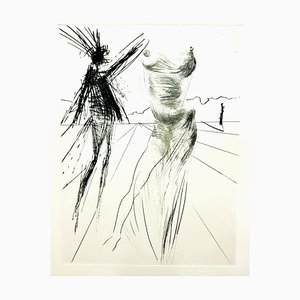
Le Goût de Bonheur: one plate - Colorful Portrait 1970

Gochka Charewicz - Herbarium - Original Signed Lithograph
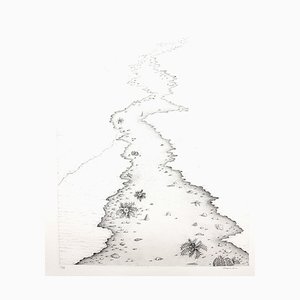
after Jean Arp - Pochoir 1957
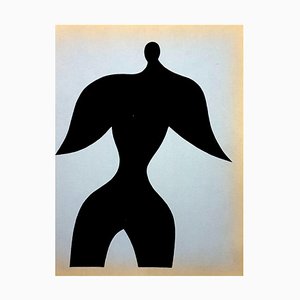
Camille Hilaire - Nature - Signed Original Lithograph 1970s
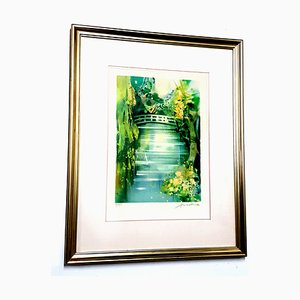
More Products
Get in Touch
Make An Offer
We noticed you are new to Pamono!
Please accept the Terms & Conditions and Privacy Policy
Get in Touch
Make An Offer
Almost There!
To follow your conversation on the platform, please complete the registration. To proceed with your offer on the platform, please complete the registration.Successful
Thanks for your inquiry, someone from our team will be in touch shortly
If you are a Design Professional, please apply here to get the benefits of the Pamono Trade Program